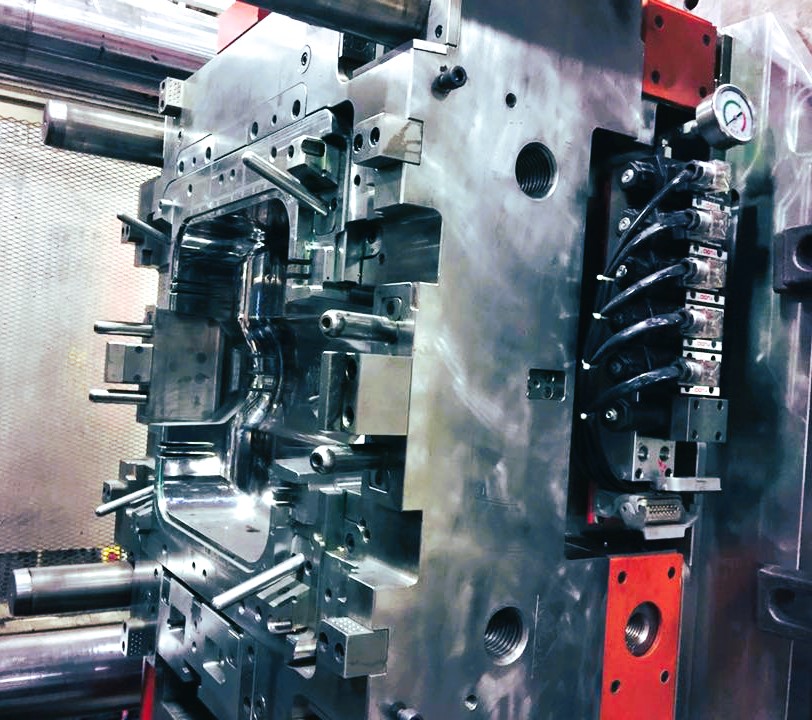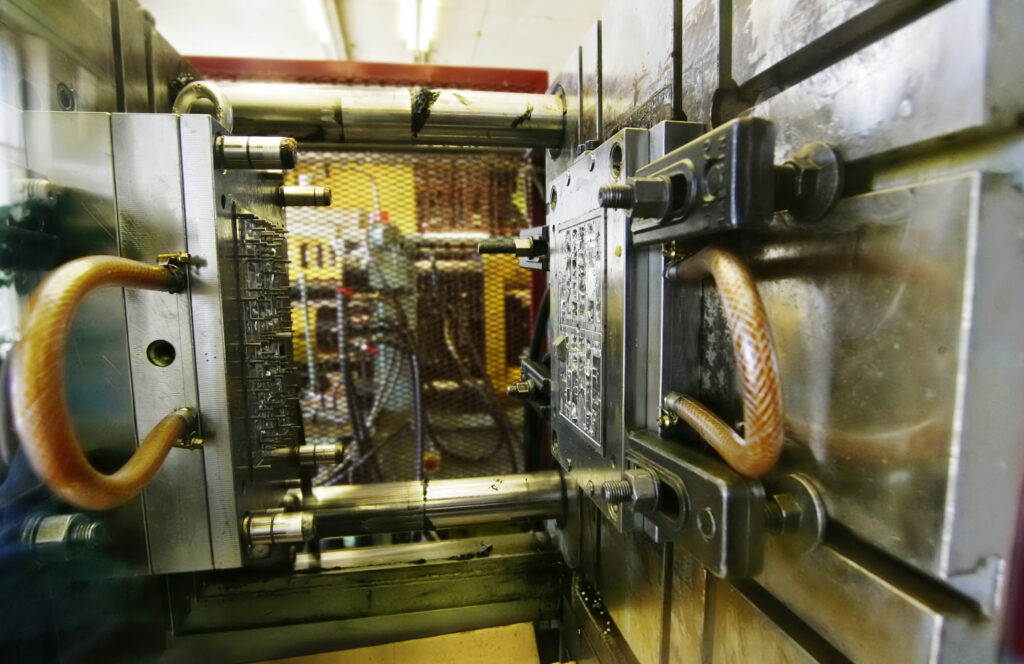Injection molding is a widely used manufacturing process for creating plastic parts in high volumes. However, the cost of injection molds remains a significant consideration for many companies. In this comprehensive guide, we’ll break down the key factors that determine injection mold pricing and provide cost ranges you can expect. We’ll also discuss ways to reduce your injection molding costs through design and sourcing optimizations.
The Main Components of Injection Mold Costs
Several variables influence the total costs of an injection mold build. Let’s explore the main elements:
- Mold Fabrication Labor: The biggest cost is the hours required to design, machine, assemble, and test the injection mold tool. More complex molds demand more labor hours to produce.
- Materials: Mold steels, aluminum, catalog components, and other raw materials contribute to mold costs. Better grades of steel increase costs but improve mold longevity.
- Overhead Expenses: The mold builder’s indirect operating costs, such as shop rent, equipment, software, insurance, and project management fees, are built into the mold pricing.
- Special Processing: Secondary operations like CNC machining, EDM, surface treatments, laser engraving, or side actions increase costs due to additional processing steps.
- Shipping & Handling: Getting large, heavy molds to and from the mold maker adds freight expenses, which are passed along to the customer. Overseas shipping can be particularly expensive.
- Other Factors: Design complexity, part size, material, tolerance requirements, simulation needs, expedited lead times, and testing/validation requirements also impact mold costs.
Typical Injection Mold Costs
Actual injection mold prices can vary significantly based on the following factors:
- Size: As an incredibly rough standard rule, small, simple molds typically cost between $2,000 and $10,000. These molds would be anything less than 10″ x 10″ x 10″. Medium-sized molds fall in the range of $10,000 to $20,000, while large, complex molds can reach $20,000 to $80,000 or more. Multi-cavity molds may cost between $25,000 and $150,000 or higher. These factors depend heavily on material, processing, and life cycle considerations.
- Complexity: The intricacy of the mold design affects costs. More complex molds with intricate features or multiple cavities tend to be more expensive. Part design features known as undercuts significantly impact cost as they require “side action” in the mold such as lifters, or cams.
- Build Materials: The type of material used for the mold impacts costs. High-quality mold steels enhance longevity but come at a higher price.
- Production Volumes: Higher production volumes justify the investment in more expensive molds. Smaller runs may require simpler, less costly molds.

Ways to Reduce Injection Molding Costs
- Design Optimization: Collaborate closely with your mold designer to simplify the mold geometry without compromising functionality. Minimize undercuts, complex features, and unnecessary details.
- Material Selection: Choose cost-effective materials that meet your requirements. Consider using aluminum molds for low-volume production or prototyping.
- Standard Components: Utilize catalog components whenever possible. These off-the-shelf parts reduce fabrication time and costs.
- Efficient Tool Paths: Optimize machining paths to minimize labor hours. CNC programming can significantly impact costs.
- Domestic vs. Overseas Production: Evaluate the trade-offs between domestic and overseas mold production. While overseas options may have lower labor costs, consider factors like communication, quality control, and shipping expenses.
- Simulation and Prototyping: Use simulation software to validate designs before committing to expensive molds. Prototyping helps identify potential issues early.
Remember that investing in a well-designed, high-quality mold pays off in the long run. By understanding the cost components and implementing cost-saving strategies, you can navigate the world of injection molding more effectively. Montrose Molders Corp is committed to providing valuable insights to our readers, and we hope this guide helps you make informed decisions for your next project!


